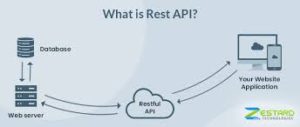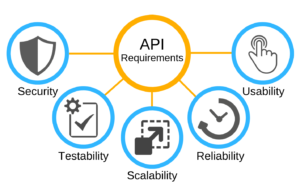Flutter is an incredible Google’s UI toolkit that aids in developing beautiful, natively compiled applications for mobile, web, and desktop from a single codebase.
Flutter has some amazing features in terms of fast development, flexibility, and native performance and that makes it a very in-demand tool.
Fast Development: Design your app in a few seconds with Stateful Hot Reload and use a variety of fully-customizable widgets to develop native interfaces with great ease.
Expressive and Flexible UI: Flutter has another extraordinary feature by focusing on native end-user experiences. Its layered architecture enables full customization, resulting in delivering incredibly fast and expressive designs.
Native Performance:
Flutter’s widgets encompass varied platform entailing scrolling, navigation, icons and fonts. The Flutter code is then ensemble with the ARM machine code via Dart’s native compilers which ooze out the complete native performance on both the platforms namely, the iOS and the Android.
Flutter has a fantastic feature that sets it apart from other developing tools. The hot reload feature aids in the easy and quick experiment, create UIs, install features, and fix bugs.
How it Works:
Once a hot reload is triggered, the edited code is looked up till the last compilation. The libraries that are recompiled are as follows:
- Any libraries with changed code
- The application’s main library
- The libraries from the main library leading to affected libraries
These libraries are turned into kernel files and then sent to the Dart VM in the mobile device’s. It re-loads all libraries from the new kernel file.The hot reload mechanism then causes the Flutter framework to trigger a rebuild/re-layout/repaint of all existing widgets and render objects.




